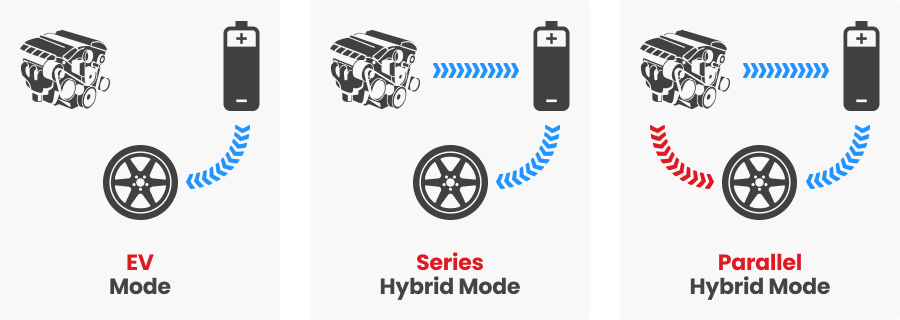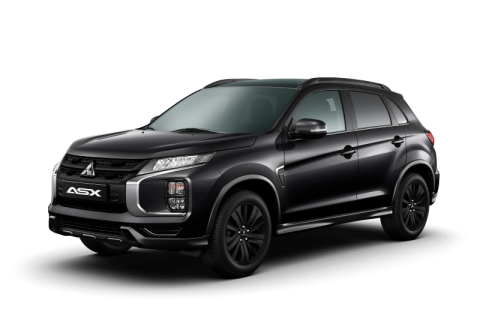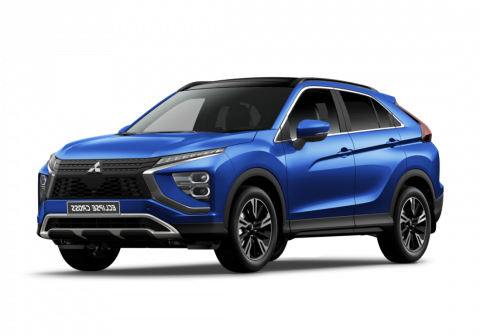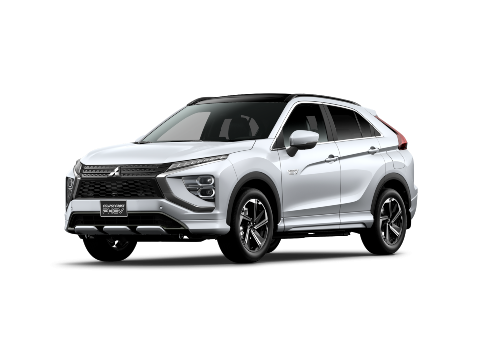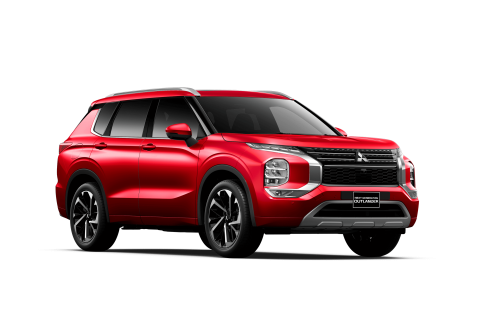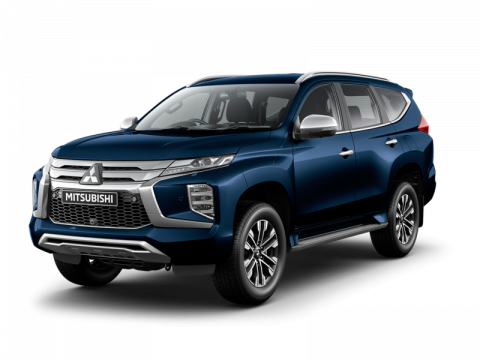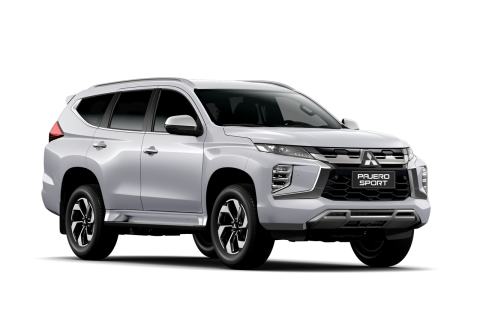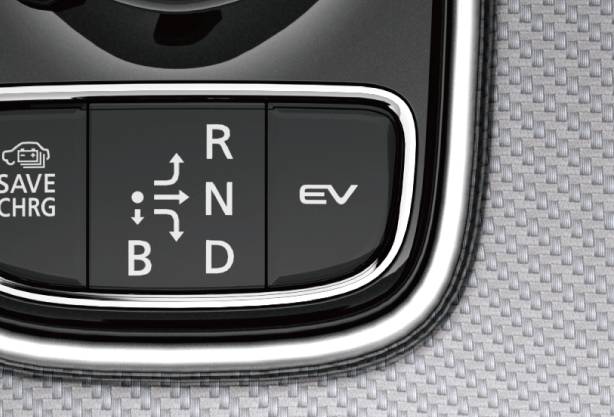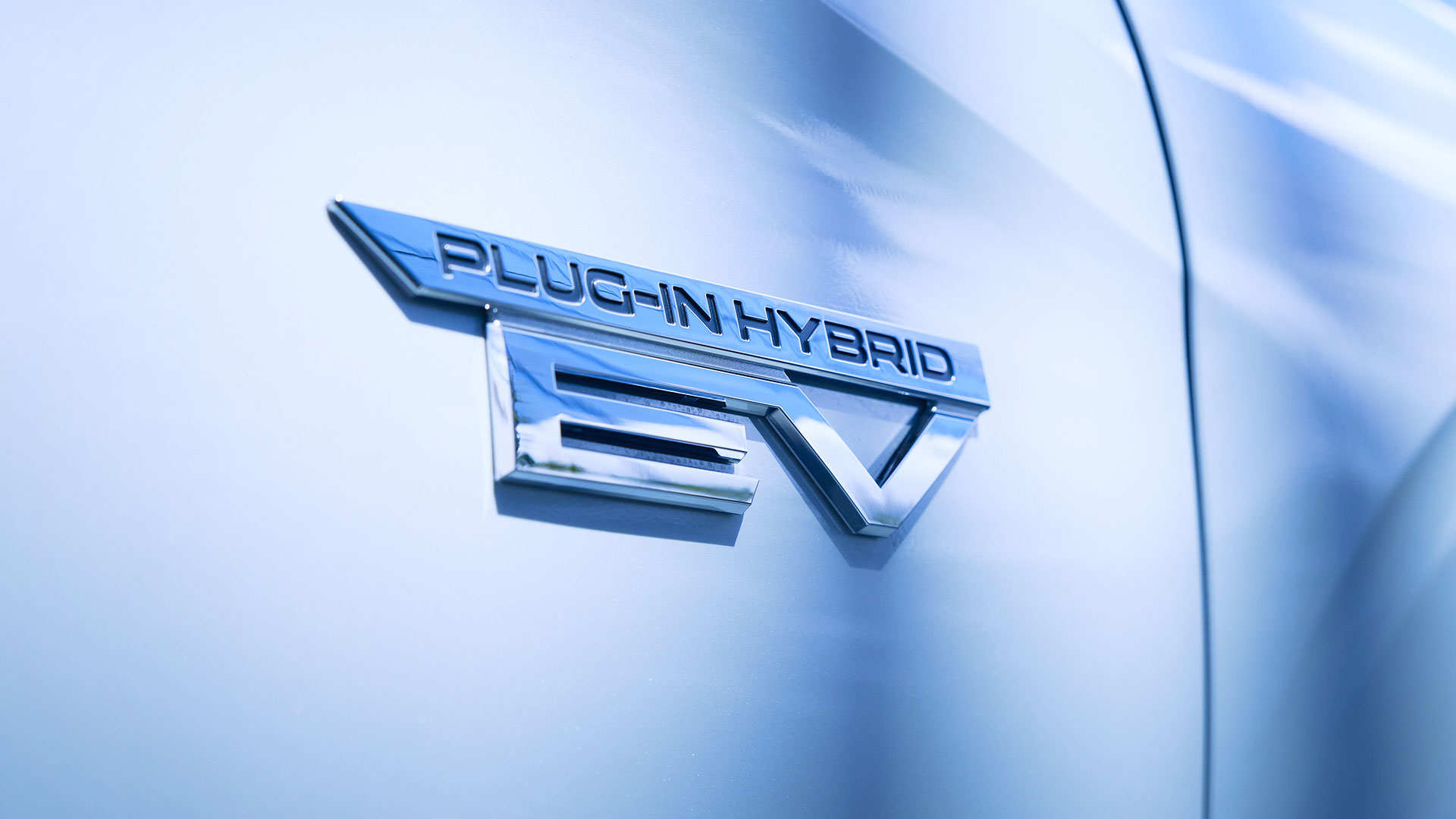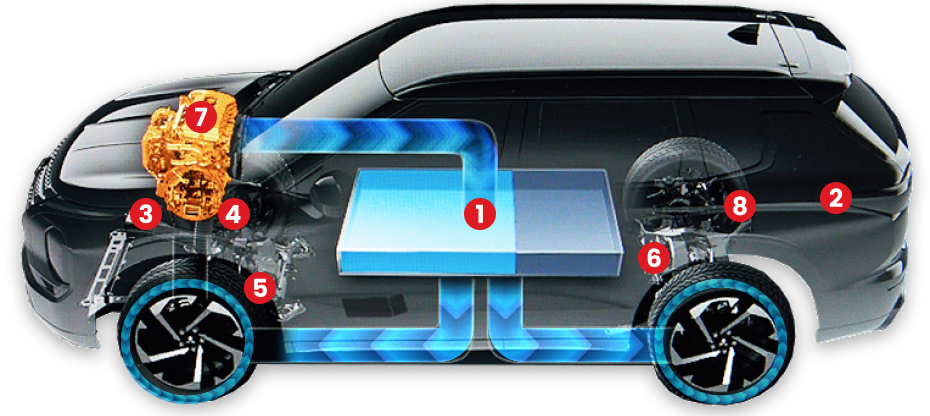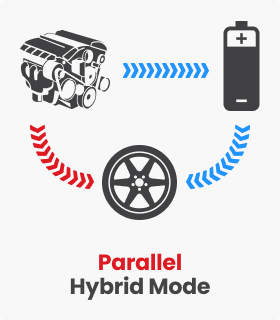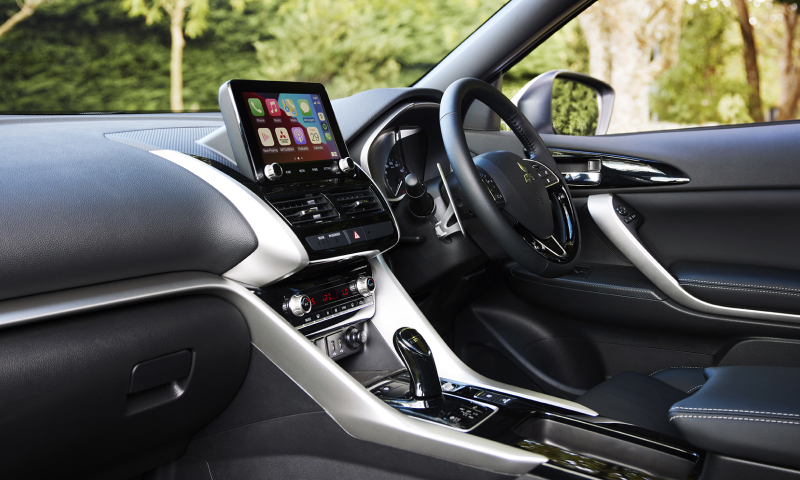What are the Different Drive Modes for PHEVs?
PHEVs can switch between these two power sources, the drive battery and the combustion engine, depending on the driving conditions. For example, PHEVs typically use electricity for city driving, where stop-and-go traffic means that the battery can be regularly recharged. However, for highway driving, the combustion engine is used to generate electricity, which then powers the electric motor. This allows PHEVs to take advantage of the efficiency of both power sources. There are three different drive modes that Mitsubishi PHEVs use to take advantage of their innovative design and electrical technology.
